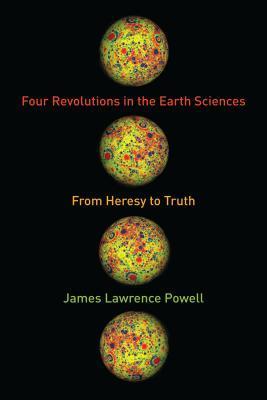
Over the course of the twentieth century, scientists came to accept four counterintuitive yet fundamental facts about the Earth: deep time, continental drift, meteorite impact, and global warming. When first suggested, each proposition violated scientific orthodoxy and was quickly denounced as scientific—and sometimes religious—heresy. Nevertheless, after decades of rejection, scientists and many in the public grew to acknowledge the truth of each theory. The stories behind these four discoveries reflect more than the fascinating push and pull of scientific work. They reveal the provocative nature of science, which raises profound and uncomfortable truths as it advances. For example, the Earth and the solar system are older than all of human existence; the interactions among the moving plates and the continents they carry account for nearly all of the Earth's surface features; and nearly every important feature of our solar system results from the chance collision of objects in space. Most surprising of all, we have altered the climate of an entire planet and threaten the future of human civilization. This absorbing scientific history is the only book to describe the evolution of these four ideas from heresy to truth, showing how science works in practice and how it inevitably corrects the mistakes of its practitioners. Scientists can be wrong, but science can be trusted. In the process, astonishing ideas are born and, over time, take root.
Author
Dr. James L. Powell graduated from Berea College with a degree in Geology. He holds a Ph.D. in Geochemistry from the Massachusetts Institute of Technology and taught Geology at Oberlin College for over 20 years. He served as Acting President of Oberlin, President of Franklin and Marshall College, President of Reed College, President of the Franklin Institute Science Museum in Philadelphia, and President and Director of the Los Angeles County Museum of Natural History. Powell currently serves as Executive Director of the National Physical Science Consortium. Asteroid 1987 SH7 is named for him.